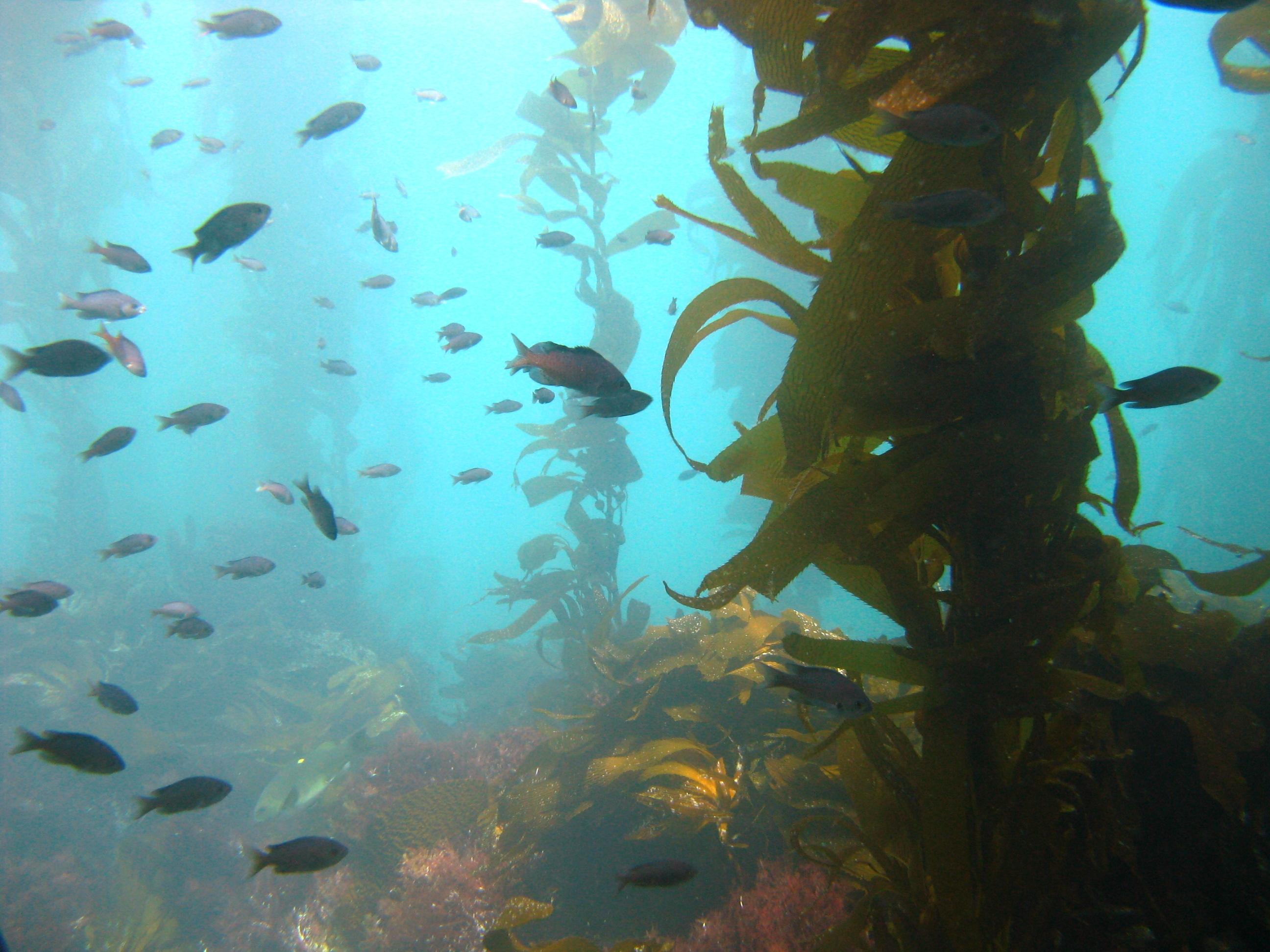
The Alaska Department of Natural Resources is beginning to work through tideland lease applications for the mariculture industry.
Current and potentially new farmers are applying to use state tidelands to grow Pacific oysters and geoducks.
Those are all typical requests, but what’s different this year is the acreage farmers are requesting and the increasing interest in kelp farming.
The number of applications for mariculture tideland leases this year are the highest DNR Leasing Unit Manager Christy Colles can remember.
“This was a large year. We actually got 18 applications, 15 of those being new,” Colles said.
The roughly 1,000 acres requested are staggering compared with last year’s three applications for about 18 acres.
Most of the spike for this year can be attributed to an increasing interest in kelp farming.
Just under half the applications are for kelp permits, but they make up about two-thirds of the requested acreage.
“Kelp farming requires more acreage, and a lot more people are putting in for acreage,” Colles said. “We also have a lot more oyster farmers that are putting in larger areas. They’re at least requesting larger areas for growing Pacific oysters.”
The mariculture industry can be difficult to break into with long turnarounds for profits.
Geoduck farmers just starting out can wait up to 10 years before money starts rolling in and pacific oysters typically take about half that time.
A 2015 Alaska Division of Economic Development study shows that larger mariculture operations generally make profits faster because of efficiency. Farms that also diversify their harvest are more likely to see profits sooner rather than later.
Director Britteny Cioni-Haywood began overseeing the division as the study concluded. She’s not surprised by the interest in kelp and the increasing acreage that follows.
“I think throwing in kelp now, if we were to go back and redo this study, that you would find that incorporating kelp would increase the success of those farms because it allows a cash flow much sooner,” she said.
The division also oversees the Mariculture Revolving Loan Fund.
Farmers can borrow up to $300,000 to plan, construct and operate their mariculture businesses.
Established businesses typically use it to expand their operations, Cioni-Haywood said.
The fund could also see a spike in applications as DNR and other state agencies, such as the Alaska Department of Fish and Game, work through the necessary permits for mariculture applicants.
“We always have a steady stream on inquiries, but we haven’t seen an increase in the number of loan applications,” Cioni-Haywood said. “Now, those tend to follow business planning. You’re going to do your business plan. You need to get the application through fish and game. We tend to come after all of that.”
Public notices have begun to go out for some of this year’s tideland applications.
Leasing manager Colles hopes to wrap up the public process this fall, but doesn’t know how long it will take with a larger load.
Kodiak-based commercial fisherman Nicholas Mangini is among this year’s applicants.
His business, Kodiak Island Sustainable Seaweed, harvested about 15,000 pounds of ribbon and sugar kelp on one acre this spring. He hopes to expand his operation to 18 acres.
Mangini sold to one buyer last year. He plans to sell to that buyer again, but he also hopes to develop new kelp products and directly market them.
Mangini adds that those jumping into the evolving kelp industry should know it’s not easy.
“I think there’s a lot of people excited about it, but I think the application process is a lot more rigorous than people are realizing. It’s not just as easy as throwing some lines in the water and growing some kelp,” he said. “There’s quite a bit to it. I did a lot of research and read a lot of manuals, other peoples’ issues for year before I even got involved.”
Mangini plans to harvest his first large batch in May 2018 if his expansion is approved.
